When we think of Italy, we often picture its rich cuisine, stunning landscapes, and world-famous art. But did you know that traditional Italian folk dances are just as much a part of the country’s cultural heritage? Across Italy, each region has developed its own unique traditional dance, deeply rooted in history and local traditions.
A folk dance is a dance created and performed by the people, often reflecting scenes of everyday life, emotions, and values tied to a specific region. Some of these dances originated as simple expressions of joy and community, while others had deeper ritualistic meanings, serving as healing rites or protective ceremonies believed to ward off misfortune. Over time, these traditions evolved, but they still retain the unique cultural identity and symbolism of the places they come from. What makes these dances so unique is not only their rhythm and steps but also the music and costumes that accompany them. Each region has its own distinctive traditional dance costumes, designed with specific colours, patterns, and fabrics that reflect the area's history and culture. Similarly, the music is just as important, often played with traditional folk instruments that enhance the energy and emotion of the performance. Together, the dance, the costumes, and the musi, create an immersive experience that is both visually and emotionally engaging.

Discover Italy’s diverse folk dance traditions
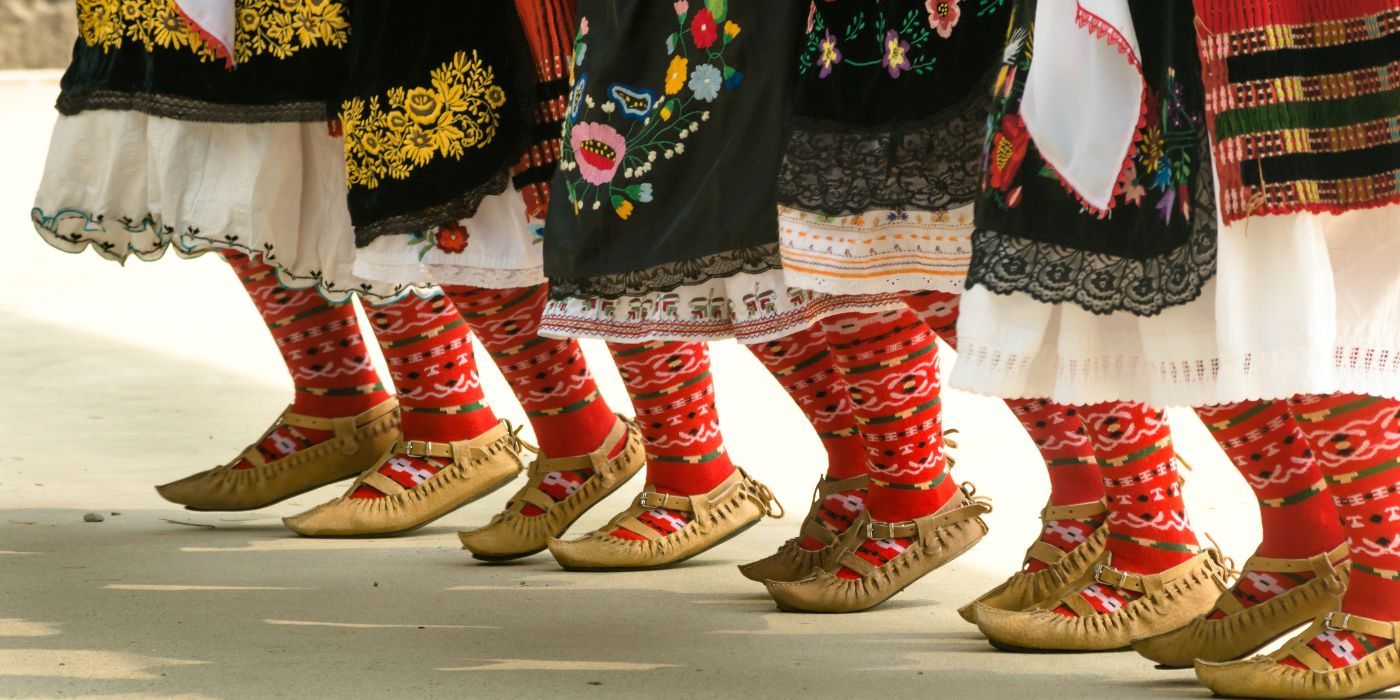
Unlike many countries, Italy doesn’t have a single national dance, but rather a diverse range of traditional folk dances, each deeply tied to the region and culture it originates from. These dances are not just steps and movements but they reflect the history, traditions, and even the spirit of the local communities. This is why every dance is unique.
Many of these dances have been passed down through generations, often performed during religious festivals or village celebrations, especially those honouring patron saints. The atmosphere they create is truly special, watching a traditional folk dance is an immersive experience, and it's hard not to feel the rhythm and want to join in!
As you explore this list of traditional folk dances, you’ll notice that many of these performances were originally performed only by men. This traces back to their origins, in fact some were military-inspired, requiring strength and endurance, while others emerged in the Middle Ages, when strict social norms limited women’s participation in public performances. However, as dances evolved into more festive and recreational traditions, women also became part of the performances, particularly in dances meant for courtship.
In this article, we’ll take you on a journey through some of Italy’s most famous traditional folk dances, showcasing the country’s rich and vibrant cultural heritage.
10. Tarantella, the famous folk dance of Southern Italy
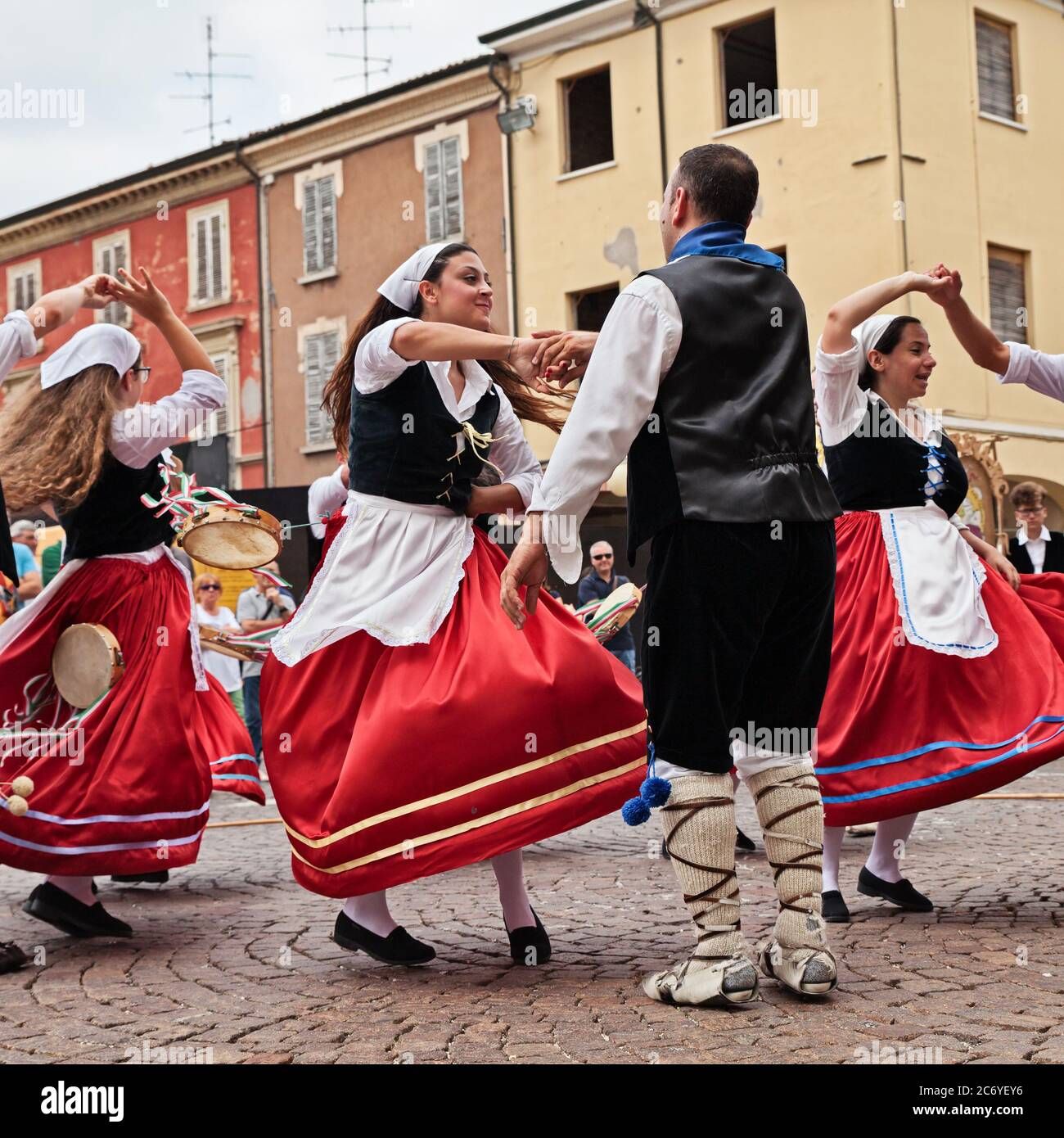
Alamy Stock Photo https://images.app.goo.gl/xNEwwpFcojt7BbdD8
The Tarantella is perhaps the most renowned traditional Italian folk dance, known for its fast tempo and joyful energy. Originating in southern Italy, specifically in the city of Taranto, Apulia, it was once believed to be a cure for "tarantism," a condition supposedly caused by a tarantula bite. Whether fact or folklore, the dance’s hypnotic rhythm has endured through the centuries and became the most famous dance in all the southern Italian regions. It is now recognised and performed also in Sicily, Campania, Calabria, and Lazio.
Danced in pairs or groups, the Tarantella features quick steps, spins, and claps, accompanied by tambourines and lively traditional songs. The performers often wear traditional dance costumes, with women in colourful skirts and embroidered blouses, and men in white shirts and red sashes.
One of the best places to experience the Tarantella is at the Notte della Taranta, an annual festival in Puglia that transforms the town of Melpignano into a stage for vibrant performances. If you’re visiting southern Italy, don’t miss the chance to witness or even join in this incredible tradition!
Discover more9. Dancing the Pizzica, a tradition of energy and passion

Caspar Diederik - Flickr https://images.app.goo.gl/Pw8xiKHUT2Kzutwt5
The Pizzica is a lively and energetic folk dance from southern Italy, often associated with the Tarantella. Both have deep historical roots, and were once believed to offer relief from certain diseases, such as the "tarantism" mentioned earlier. Accompanied by traditional folk instruments, the Pizzica stands out as a couple’s dance, not necessarily romantic, but always engaging. Traditionally performed at private gatherings, it brought together people of all ages with its captivating rhythm.
A distinctive feature of the Pizzica dance is the “fazzoletto”, a colorful cloth once used to invite a partner to dance. Today, this accessory adds flair to the dance’s dynamic movements. The Pizzica is also featured in the Night of the Taranta festival, where it continues to charm audiences with its passionate performance.
Discover more8. Saltarello, the traditional courtship dance of Abruzzo
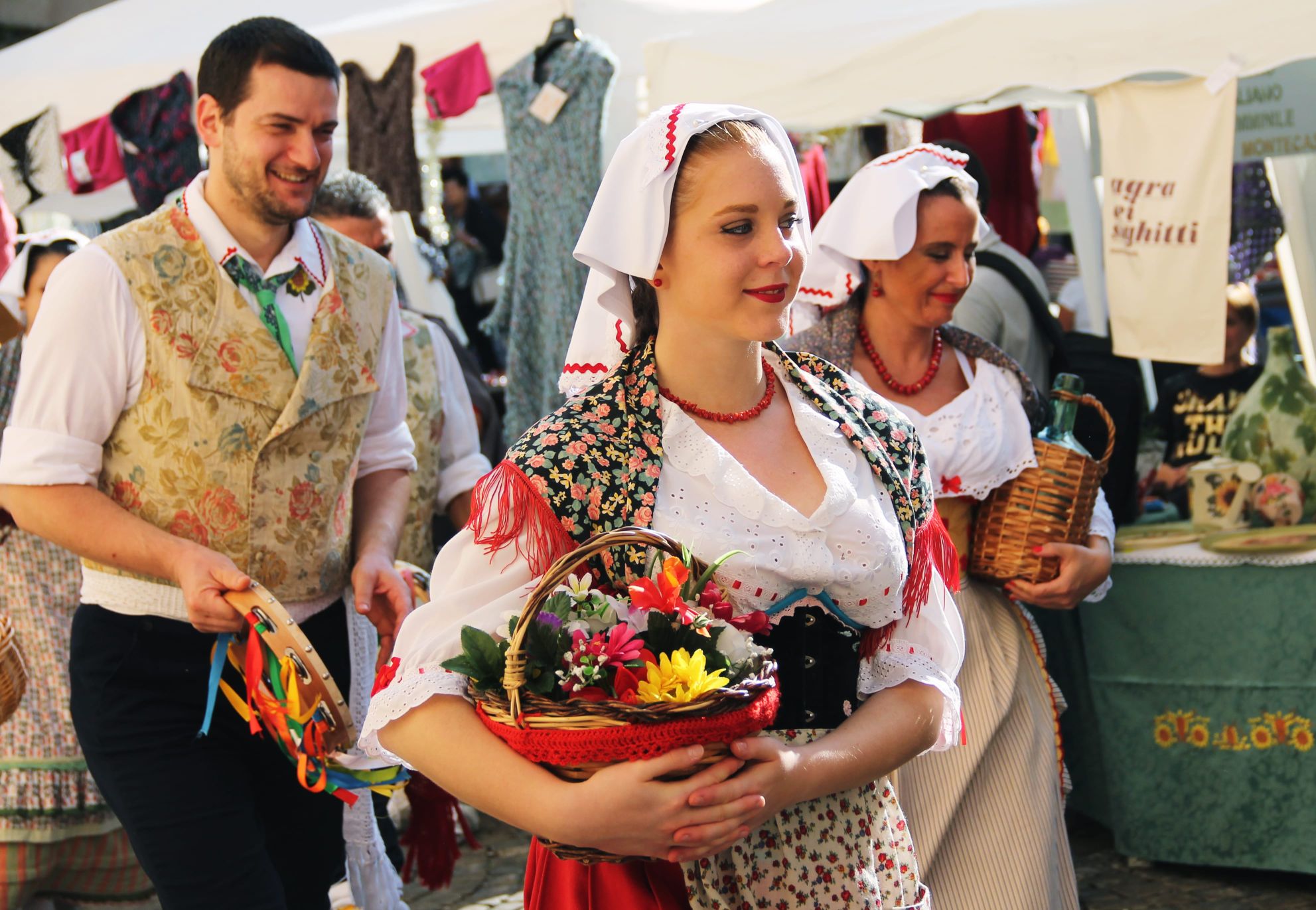
Wikimedia Commons https://commons.wikimedia.org/wiki/File:Saltarello_2.jpg
The Saltarello is a traditional folk dance from Abruzzo, with influences also found in Marche and Basilicata. Its roots trace back to ancient Rome’s saltatio, one of the most popular dances of the time. Unlike the Tarantella, the Saltarello is primarily a courtship dance, performed in pairs or small groups.
Dancers move in a circle, taking turns stepping into the center to showcase their skills. The dance is characterized by lively jumps and rhythmic footwork, keeping pace with the fast, engaging beat. The music, played on traditional instruments such as the organetto, fisarmonica, and tamburello, creates a festive atmosphere that invites everyone to follow the rhythm.
Discover more7. The dance of strength: The Sbrando’s competitive spirit
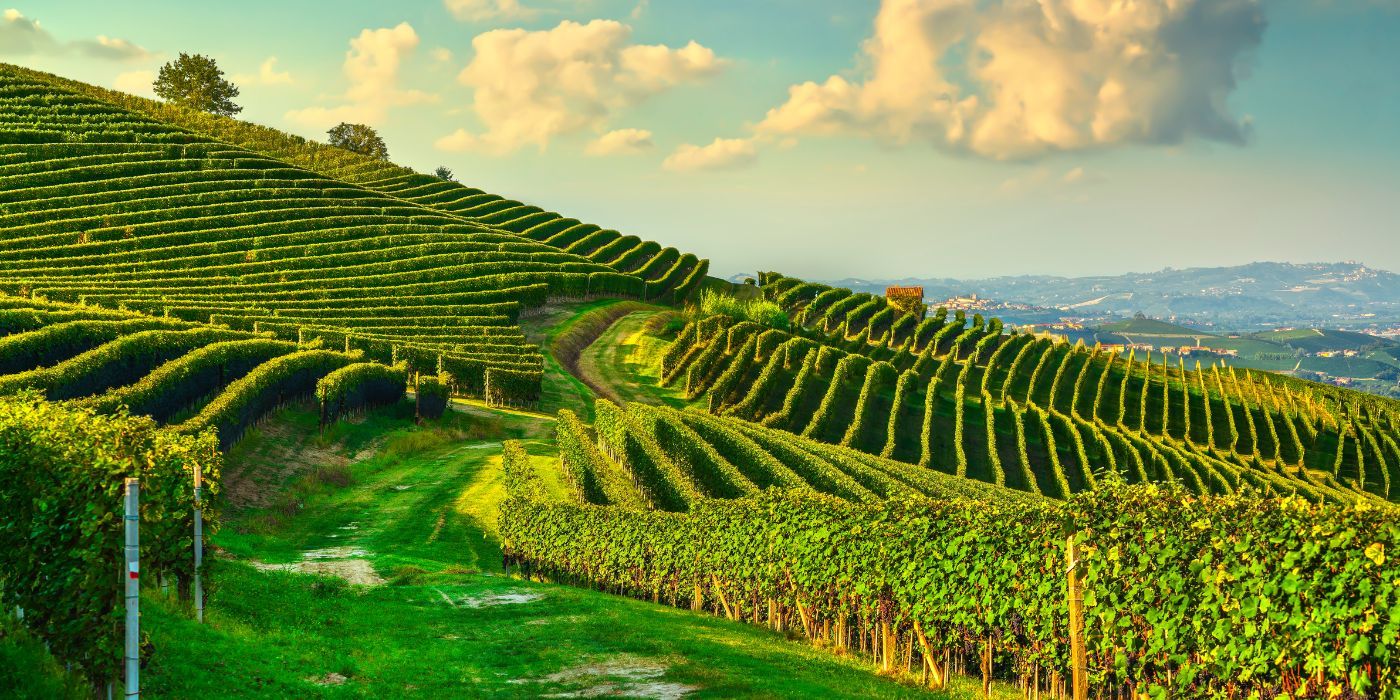
The Sbrando is a traditional folk dance with medieval roots, originating from the rolling hills of Langhe and Roero in Piedmont, a territory known for its vineyard landscapes. Initially performed exclusively by men, particularly during gatherings of coscritti, the italian word for yearmate and seasonal celebrations, it evolved in the 1960s, when women joined in, adding a new energy to the dance.
Danced in a circle with participants holding hands, the Sbrando features rhythmic side-steps, energetic foot lifts, and the "Oh!" shouting at each turn. As the music builds, the dance often turns into a friendly endurance challenge, with the tempo speeding up and the excitement growing. It’s a true test of stamina, bringing communities together in a celebration of tradition and festivity.
Discover more6. Chinati, Bologna's spinning dance

The Chinati is a traditional folk dance from Emilia-Romagna, particularly associated with Bologna. Originating in the early 20th century, it was initially performed exclusively by men.
Its distinctive feature is a movement called "il frullone", where two dancers hug each other and spin as fast as possible while bending forward. This aspect makes the performance both exhilarating and entertaining to watch. The name "chinati" itself comes from the Italian word for "bent over", perfectly capturing the posture of this energetic and fast-paced dance.
Discover more5. Trescone, a medieval tradition that lives on
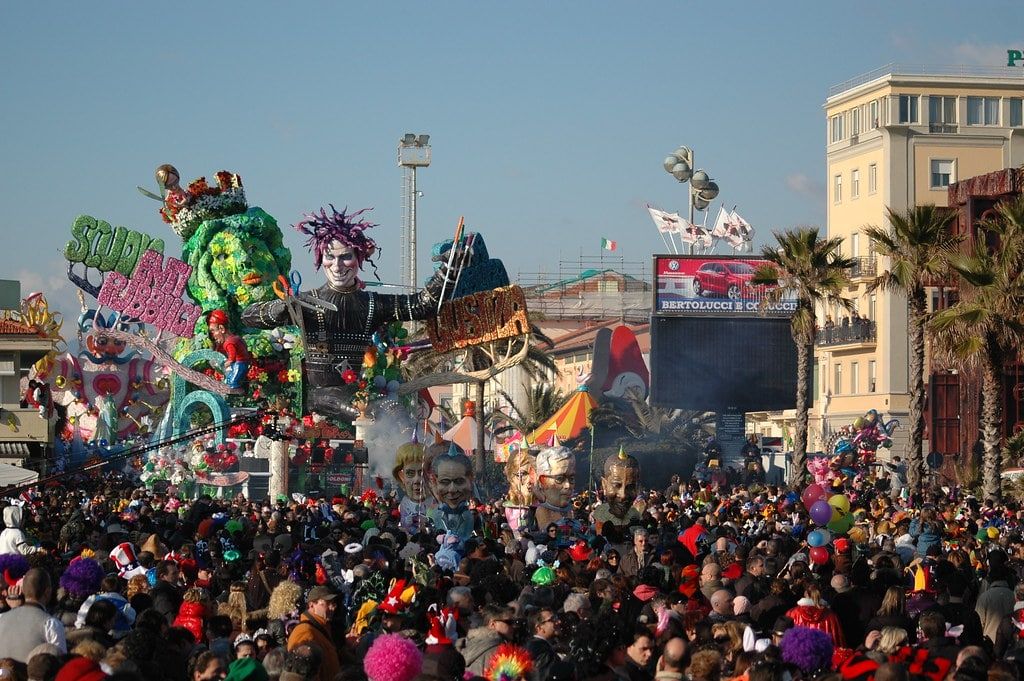
Francesco Terzini - Flickr https://www.flickr.com/photos/texsesterzio/4340530822
The Trescone is a traditional folk dance that originates from the Tuscany region, and dates back to the Middle Ages. It even appears in some of Italy’s most renowned literary works, including those of Dante Alighieri and Boccaccio.
The name "trescone" is believed to come from the German words "thriskan" or "dresden", which translate to “slam” or “thresh,” possibly referring to the movements of the dance that resemble the actions of farmers separating grains.
Like other traditional Italian folk dances, the Trescone is typically performed during traditional and historical occasions such as Carnival and Epiphany, a celebration marking the end of the winter and Christmas holidays. The dance is usually done in pairs or small groups, with the distinctive feature being that the woman shifts partners throughout the performance, making the dance even more dynamic.
Discover more4. Schuhplattln, the fast-paced dance of the Alps

Patrick Vierthaler - Flickr https://www.flickr.com/photos/pv9007/25915851390
The Schuhplattln is a traditional folk dance originating from Bavaria and Tyrol, later spreading to northern Italy, particularly the Trentino-Alto Adige region.
Its name translates to "shoe slapping", perfectly describing its lively and acrobatic movements. Dancers jump, spin, and slap their legs and shoes in rapid succession. The dance can also involve wooden benches, which dancers rhythmically slap, jump onto, or even incorporate into acrobatic stunts, adding a theatrical element to the performance. The "yodeling", a traditional form of regional music characterised by rapid changes in pitch, complements the dance performance, adding depth and energy to the experience.
A unique variation of the Schuhplattln is performed by woodcutters, who integrate their work into the dance by using axes to chop logs following the rhythm of the music.
The "tracht" costume is an essential part of the tradition. Made from wool and loden, these outfits were once worn by farmers and the working class. Men typically wear short leather pants with suspenders, while women don long, wide dresses with short-sleeved blouses, complemented by an apron.
Discover more3. Dancing in circles: The ancient ritual of ballo torrau
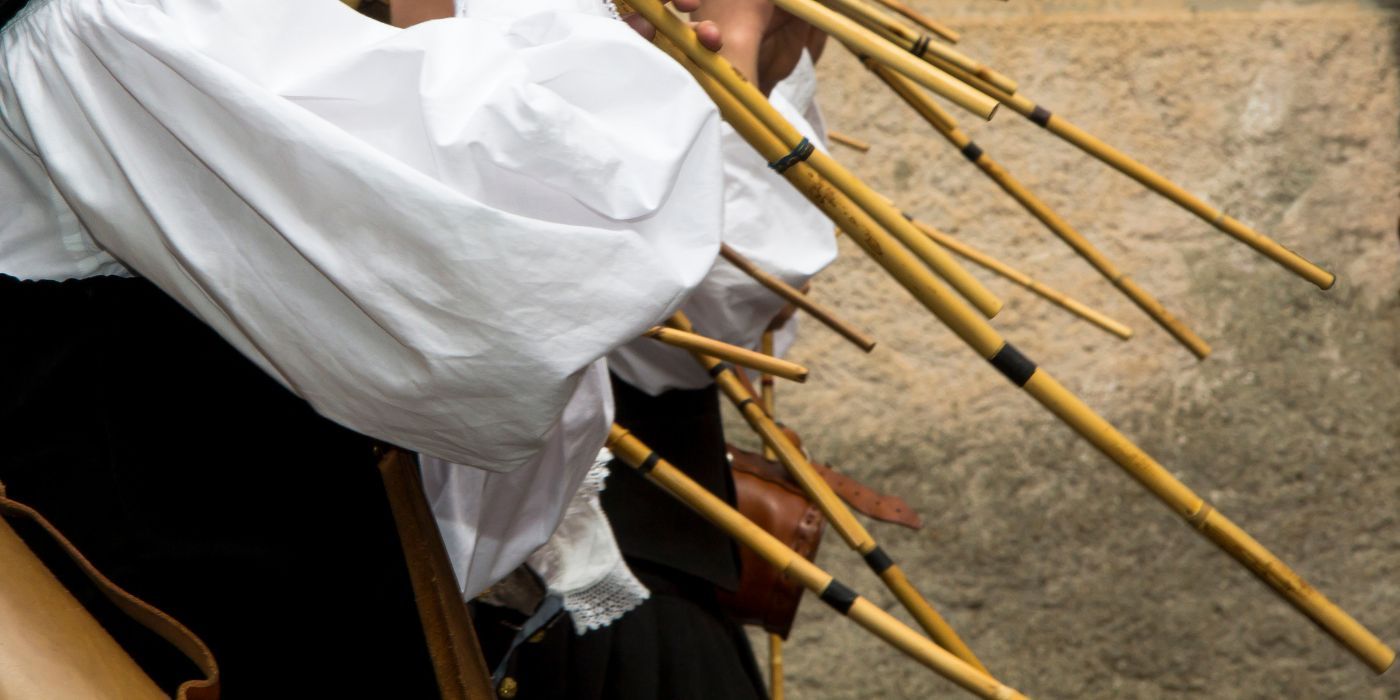
The Ballo Torrau is Sardinia’s most iconic traditional folk dance, deeply woven into the island’s history and culture. In Sardinia, dance is at the heart of every festivity and celebration, serving as a powerful way to preserve traditions. Older, more experienced dancers often pass down their knowledge to younger generations, ensuring the dance remains a vibrant, intergenerational tradition.
More than just a performance, Sardinian dances are a reflection of the island’s heritage, encompassing its music, costumes, and ritualistic aspects. Historically, these dances were performed as ceremonial expressions of gratitude, often dedicated to the gods for a successful hunt or harvest.
The Ballo Torrau, meaning "round dance", is the most famous among them. Dancers hold hands and move in a circle, following the hypnotic melodies of the "launeddas", a traditional Sardinian wind instrument. Unlike other folk dances, it emphasises subtle upper body movements, focusing instead on intricate footwork and rhythmic arm gestures.
Discover more2. The dance that crossed borders: The story of the Furlana

elisabetta2005 - Flickr https://www.flickr.com/photos/elisabetta2005/3870971143
The Furlana is a fast-paced traditional folk dance from the Friuli Venezia Giulia region, which later spread beyond Italy, even reaching the royal courts of France.
Traditionally performed by couples, it is especially popular at weddings and festive gatherings, where its lively tempo sets a joyful atmosphere.
Originally, dancers would sing while performing the Furlana, but over time, this tradition faded, leaving the music to take center stage. The traditional costumes reflect the region’s unique cultural identity, with men wearing puffy trousers and embroidered shirts.
With its engaging rhythm and vibrant energy, the Furlana continues to be an integral part of Italy’s folk dance heritage, celebrating the rich culture and history of Friuli Venezia Giulia.
Discover more1. Polesana, the joyful folk dance of Veneto
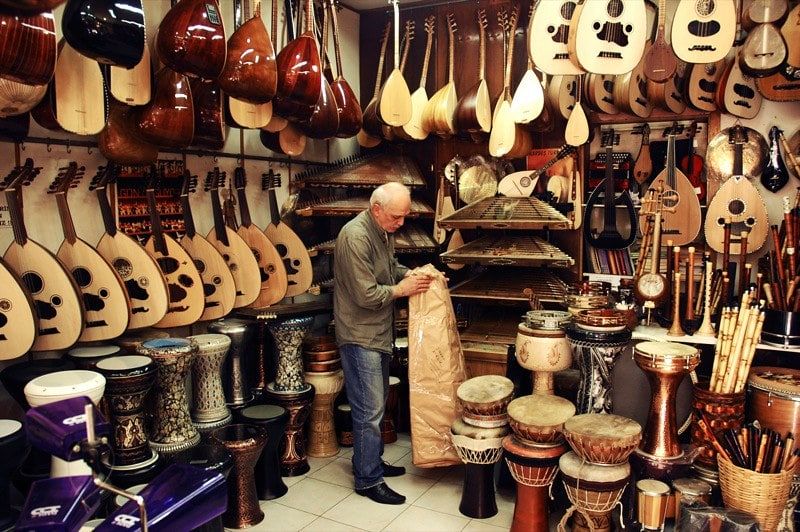
Ghirigori Baumann - Flickr http://flickr.com/photos/ghirigoribaumann/3539582796
The Polesana is a traditional folk dance from the Veneto region, dating back to the 1700s. Similar in rhythm to the Furlana, it is characterised by its vibrant and energetic pace.
Danced in a circle, participants link arms around each other’s shoulders, creating a strong sense of community. The Polesana is a highlight of village festivals, where both professional and amateur dancers take part in this lively tradition.
The dance is accompanied by the violin, the most traditional instrument, with the accordion and percussion often joining in, together creating a lively and rhythmic atmosphere that enhances the performance.
Discover moreFolk dances, a cultural treasure to be experienced
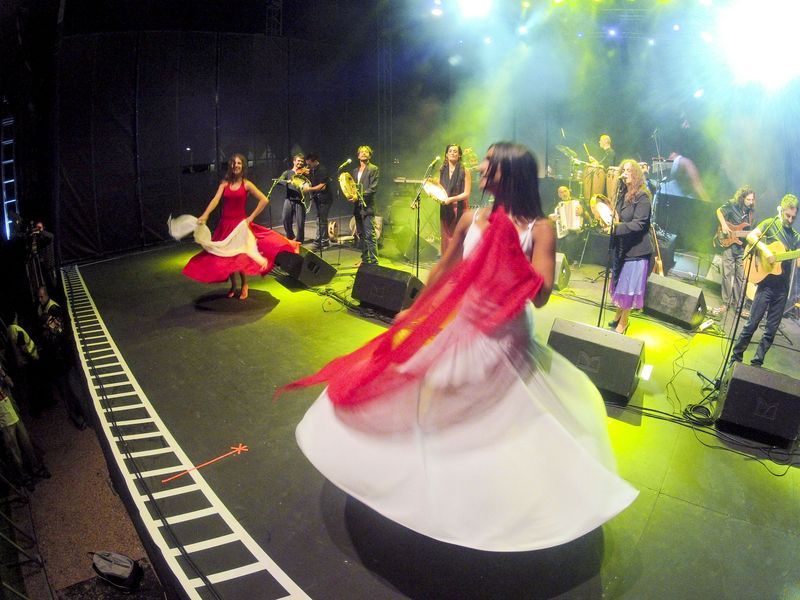
Mário Pires - Flickr https://www.flickr.com/photos/retorta/7650529740
If these vibrant and energetic traditional folk dances have sparked your curiosity, why not experience them firsthand? Whether you're swaying to the Ballo Torrau in Sardinia, celebrating with the lively Polesana in Veneto, or joining the electrifying atmosphere of the Notte della Taranta in Puglia, there’s always a chance to step into the rhythm of Italy’s rich folk dance traditions.
So, the next time you find yourself in Italy, don’t just watch, immerse yourself in the music, the movement, and the history of these incredible dances. It’s an unforgettable experience that will connect you to the heart and soul of Italian culture!
Discover moreAbout the author
Written on 15/04/2025


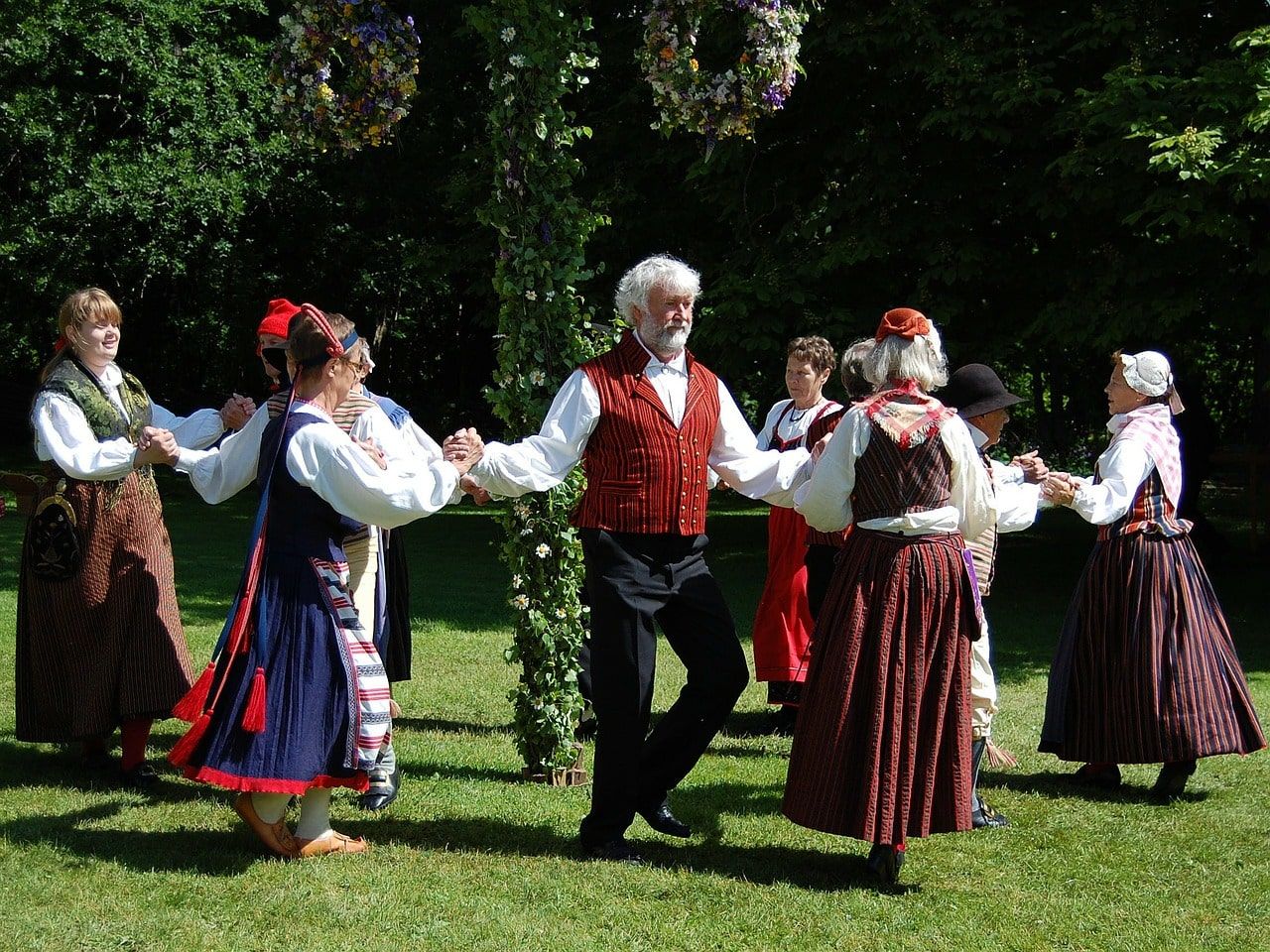
Francesca Dugo
Explore Italy’s traditional folk dances, from the vibrant Tarantella to the rhythmic Saltarello: a journey through history, music, and tradition.